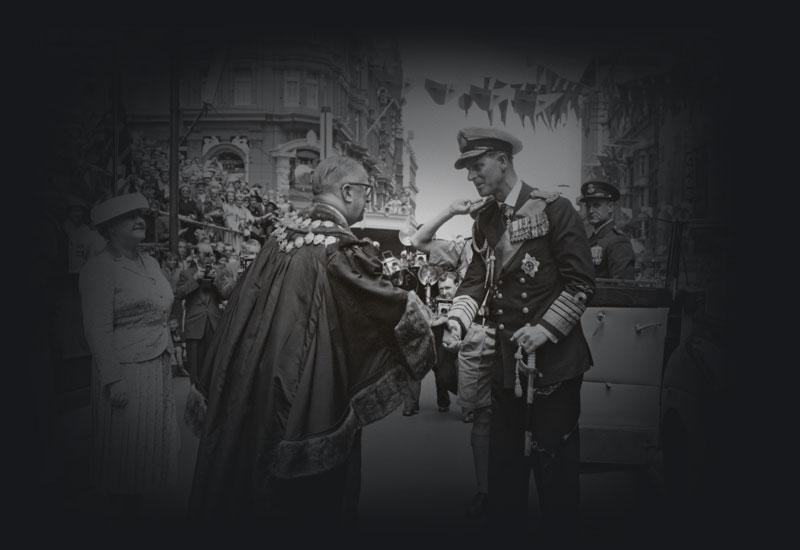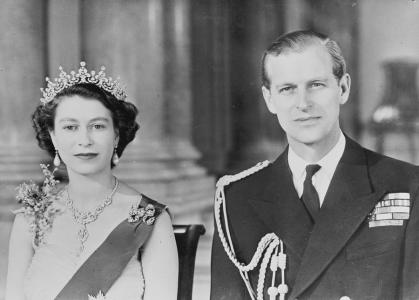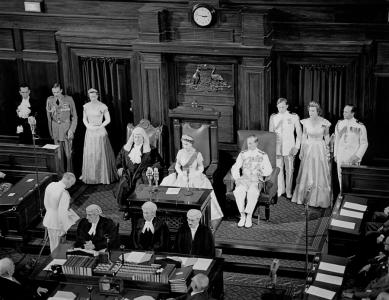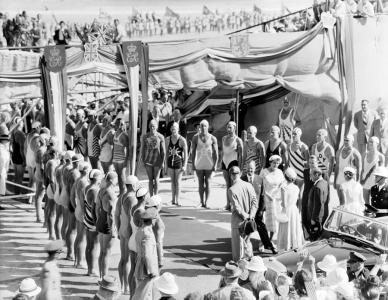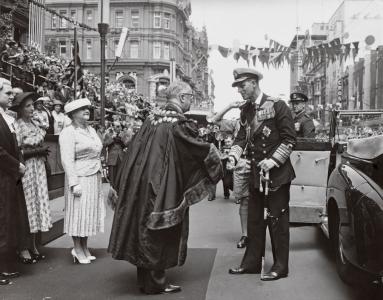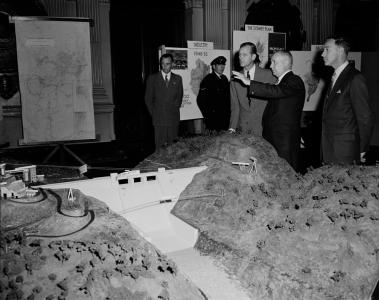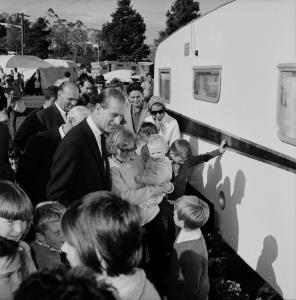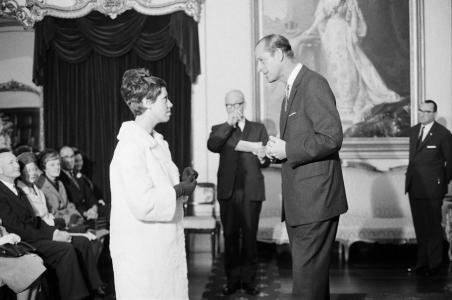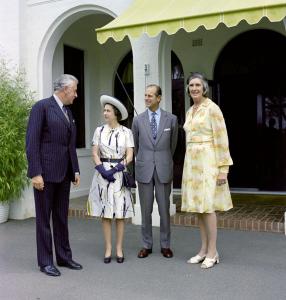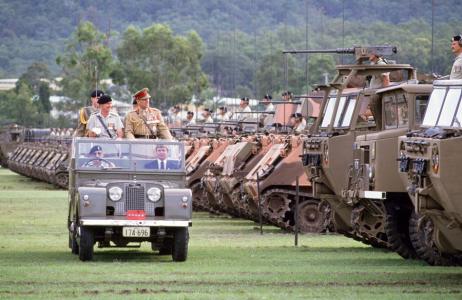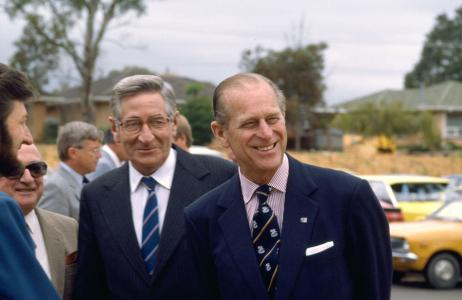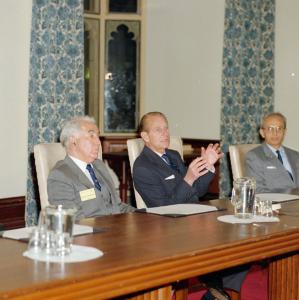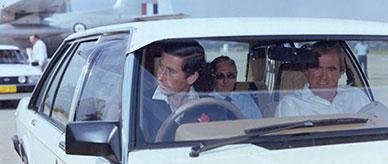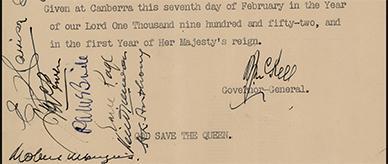The death of Prince Philip has sparked thousands of tributes across the globe. But what do we really know about the man who stood behind Queen Elizabeth II for 73 years?
To some, he’s the dashing prince with movie star looks portrayed in the wildly successful Netflix series The Crown by Doctor Who’s Matt Smith or Outlander’s Tobias Menzies.
To others, Prince Philip is the symbol of an outdated and anachronistic system.
So who was Prince Philip and what impact did he have on the world? The National Archives of Australia collection contains thousands of records which reveal the Prince was a multifaceted man with interests including the environment, conservation and engineering.
This treasure trove of records documents Prince Philip’s intense interest in Australia, with photos of him on the 1954 Royal Tour; touring bush fire ravaged Tasmania in 1967; checking on the progress of the Snowy Hydro-Electric Scheme; being greeted by surf life savers on Bondi Beach and welcomed by crowds of people in Melbourne ahead of the 1956 Olympics.
The collection reveals the high level of planning that went into the 1954 Royal Tour, including a 19 page traffic committee paper outlining all the preparation for the royal couple’s tour of South Australia. There is even an ASIO record documenting a threat to the Queen’s life in 1954.
The collection also shows Prince Philip’s commitment to the environment. He was the president of the Australian Conservation Foundation in 1973 when he wrote to Prime Minister Gough Whitlam to say that he had ‘learnt a great deal about the problems of conservation’. He talked about the need to protect the habitats of rarer species.
Significantly, he also employed his trademark blunt style to urge the Federal Government to act on protecting Kakadu by declaring it a Special Reserve.
This is probably the hottest of the potatoes. I enclose a short summary of the situation which will give you some idea of the mounting bitterness and disillusion. The worst feature of this and the whole situation in the Northern Territory is that it is a direct responsibility of the Federal Government. I think you may find it rather embarrassing in the future if the States turn around and draw attention to the Federal Government’s record in this area. On the other hand, you have a marvellous chance to set an example in the whole sector of Special Reserves and in their Management.
Prince Philip was the patron of hundreds of industrial, sporting, educational and environmental organisations. These included the Duke of Edinburgh’s Award program for young people, active in Australia and over 100 countries. Our collection includes photos of the Prince presenting the award to young Australians.
One of the reasons the National Archives holds so many records of the British monarchy is because government photographers were always present during a Royal Tour.
The National Archives’ collection also includes thousands of Australian government records relating to the British monarchy. These records are a tiny part of our enormous collection which holds more than 40 million items, including Australian Government records from Federation in 1901 to the present day.
To learn more about the history of the British monarchy in the National Archives of Australia, download our research guide into royalty and Australian society.

